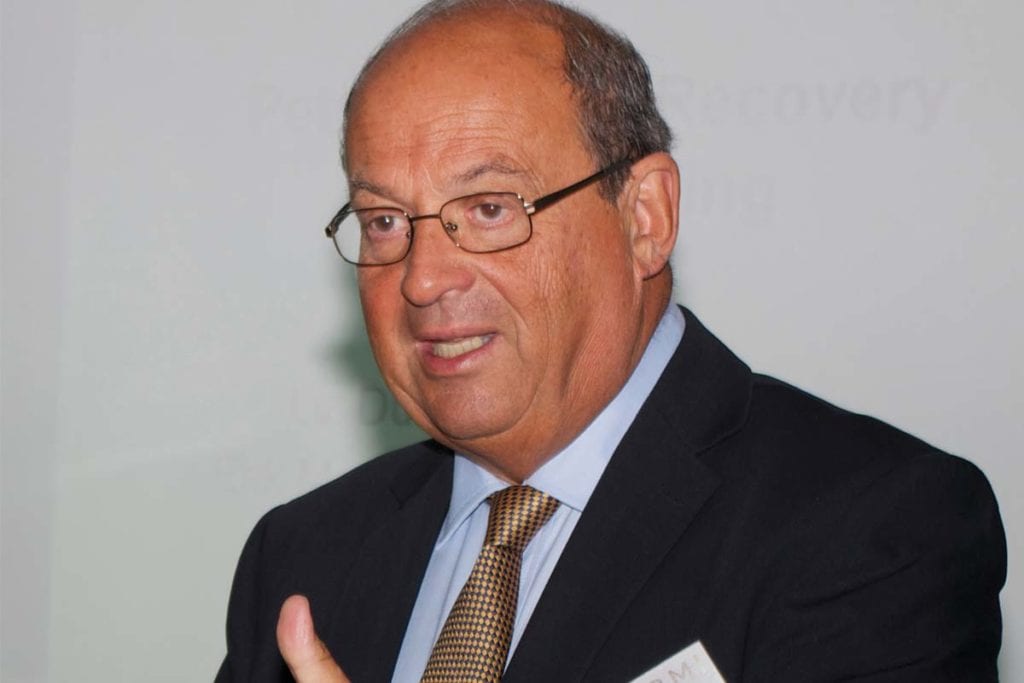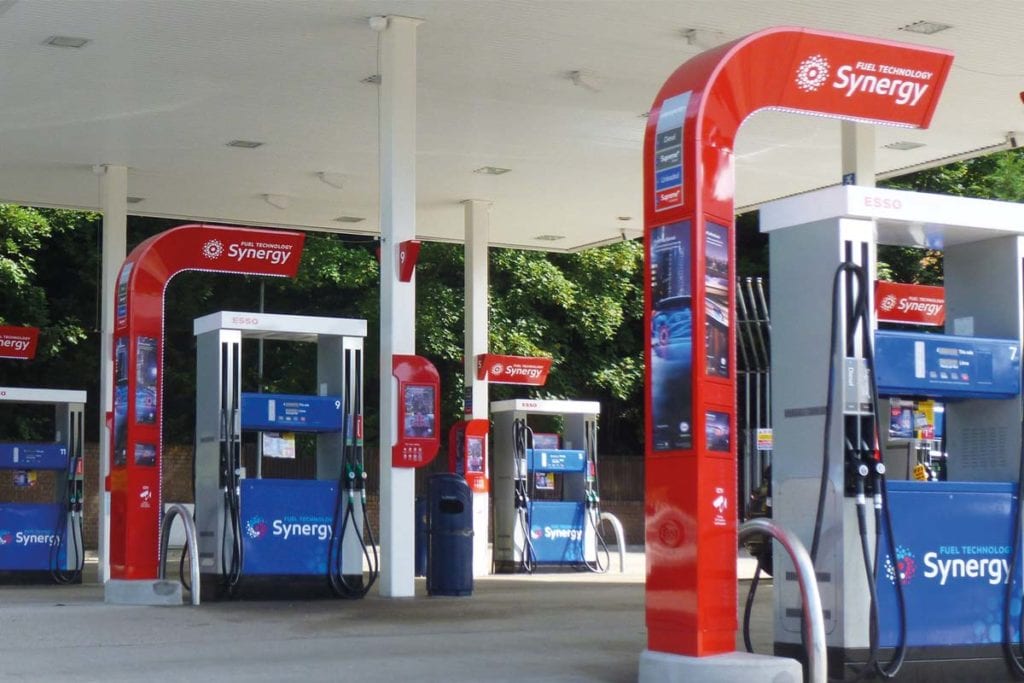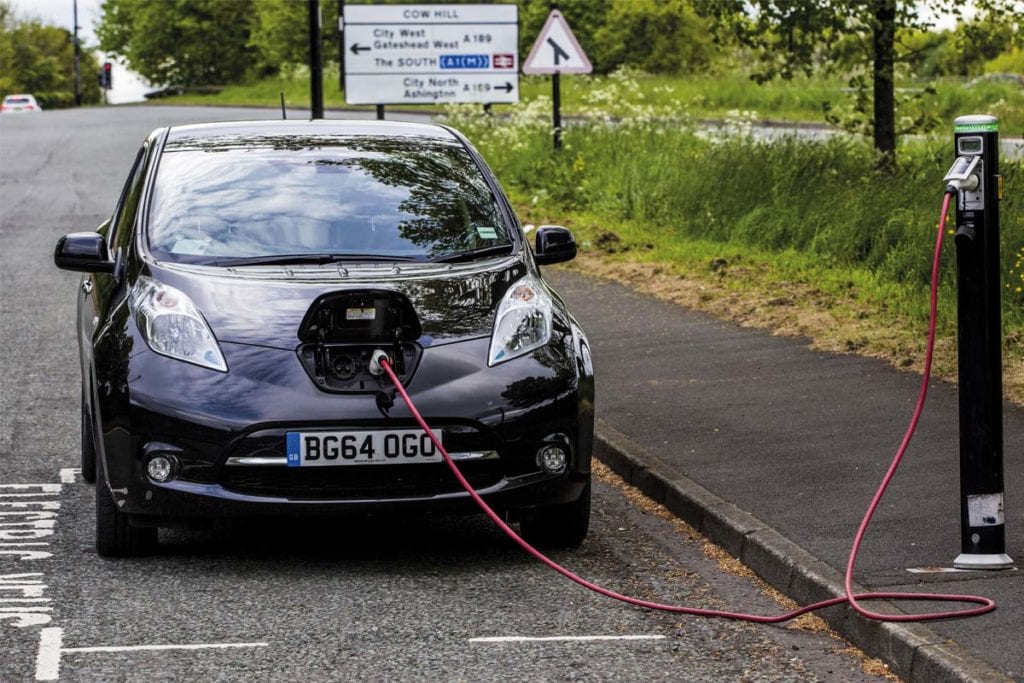Petrol Retailers Association chief executive Brian Madderson talks filling station numbers, fuel price flux and signs of stability for the sector’s future

THERE are a lot of adjectives that could be used to describe forecourt retailing in the UK – but boring is not one of them.
Last year saw some pretty major changes for the sector, with private equity-backed independent MFG purchasing MRH to create a new forecourts supergroup.
And when it comes to fuel wholesale prices, so long as Donald Trump occupies the White House, volatility would seem to be a solid forecast.
There may be plenty of change going around, but Brian Madderson, chief executive of the Petrol Retailers Association, reckons last year was particularly noteworthy due to the lack of movement in the number of filling stations.
“Last year, the net reductions was the lowest for maybe 20 years,” he said.
“Bear in mind that in the year 2000 there were over 13,000 filling stations across the UK and in the last 18 to 19 years those have been successively reducing so that we ended up with a figure last year of about 8,400.
“At its peak, some five or six hundred sites were closing every year. Last year was the first time that there was almost a level balance. New to industry and returned to industry sites almost met the number of site closures, which was 88.”
Madderson reckons those figures indicate that the forecourt sector has reached an equilibrium and filling station numbers could hover at their current level for some time.
On the shop front, Madderson noted that the decisions made by the oil companies to pull back from retailing has opened up space for quality independents to grab a slice of the market – and they appear to be doing a good job.

“Even pure convenience is looking to continue growing at around 3-4% per annum, whereas food to go might be a notch higher at 5-6%,” he said.
Forecourt shopping may be in the ascendancy, but in recent months fuel prices have been going up and down like a fairground amusement.
And any retailers out there who may be hoping to see fuel prices return to the lows of early 2016 might not want to hold their breath, as Madderson explained: “What we are seeing this year is something like a 30% rise in the cost of crude oil for geopolitical reasons.
“That doesn’t look like it’s going to go anywhere quickly, some of the traders think that $75-$80 a barrel is the new norm. So yes, the price at the pump has risen.”
With margins tight at all points in the supply chain, Madderson added that those price increases will be passed on to the consumer – although that could be mitigated somewhat if the UK Government were to ditch the road traffic fuel obligation (RTFO).
Described by Madderson as a “stealth tax”, the RTFO is a levy applied to oil companies – who in turn pass the additional cost on down the supply chain.
Madderson said: “The RTFO has been around since 2008, but at a low level.
This year the government brought in two new charges within this RTFO scheme so that the total cost in the system is about 1.7p per litre.
“That is providing an extra £770m per year to the Treasury which they haven’t told anyone about.
“So when the Chancellor trumpets the fact that fuel duty hasn’t increased for nine years and look at the benefits he is giving the drivers, what he fails to mention is this RTFO – which we’ve called a stealth tax – that is having to be absorbed by everyone in the chain including the motorist.

The RTFO isn’t the only area where government has managed to claw back some pennies and pounds.
On the uptake of electric vehicles, Madderson noted that the government is “still miles behind the ball”, with recent policy decisions providing no incentive for drivers to make the switch.
“They’ve actually reduced the grant available for electric vehicles, they’ve stiffened up the tax allowance for hybrid vehicles, with the result that there’s very little movement in the numbers.”
With that in mind, Madderson suggested it might not be the best idea for independent forecourt retailers to make a significant investment in electric charge points at this stage.
“At this point in time there aren’t many pure electric vehicles on the road so if you put in charging points you’re not going to get much return for it.
“You are perhaps better waiting until you can see more clearly what technology for charging is appropriate and also wait until there are more electric vehicles on the road.
“Some are putting it in, that’s their choice and that’s fine, but the ones I’ve spoken to are seeing very little use.
“They’re not actually getting any financial benefit, it’s more a kind of holistic benefit, ‘we are retailers catering for your future needs’.”
Looking to the future, Madderson sees stability in the short to medium term for British forecourts.
They’ve actually reduced the grant available to electric vehicles, they’ve stiffened up the tax allowance for hybrid vehicles, with the result that there’s very little movement.
He said: “I see the overall market maybe up half a percent or down half a percent, but generally stable over the next 12-24 months so that’s good news.
“I actually see it as quite a positive outlook indeed with the way that some of the companies are building new motorway service areas – new to industry sites on the edges of towns – that’s all scenting a confident outlook.
“Clearly there are areas with difficulties – maybe smaller rural filling stations who are maybe not trading much volume, don’t have a good shop and don’t have access to money for investment.
“I think we will see further closures, but the good news for Scotland is that you’ve got the 5p per litre duty rebate scheme for the Islands continuing until the end of 2023.
“I also think the Treasury and HMRC will extend the mainland scheme beyond the end of this year.
“So those filling stations and customers on the islands, and indeed certain parts of the mainland of Scotland, that have been getting fuel with 5p duty relief will continue to have those over the next four to fie years which is great news.”
















